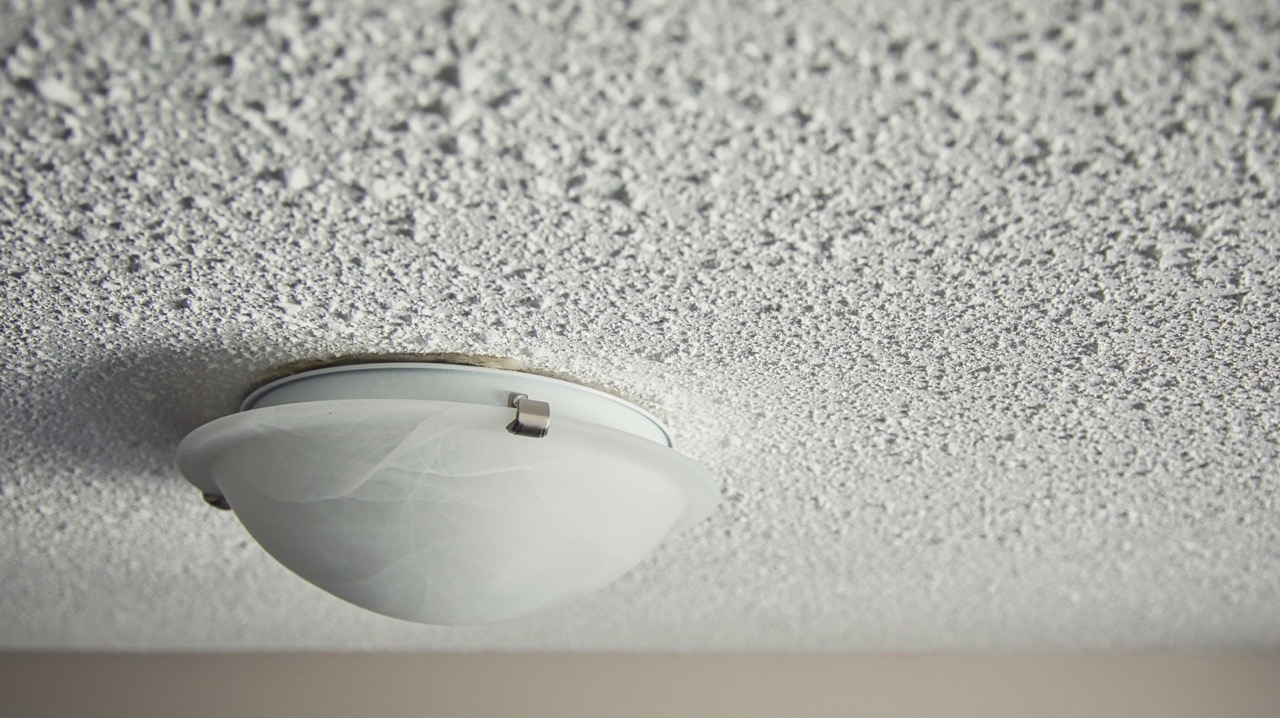

Articles
How To Do Popcorn Ceiling
Modified: January 21, 2024
Learn how to remove popcorn ceiling with these helpful articles. Discover step-by-step instructions and expert tips for a smooth and successful DIY project.
(Many of the links in this article redirect to a specific reviewed product. Your purchase of these products through affiliate links helps to generate commission for Storables.com, at no extra cost. Learn more)
Introduction
Popcorn ceilings, also known as acoustic ceilings or cottage cheese ceilings, were a popular home design feature in the mid-20th century. The textured surface created a unique aesthetic and helped to dampen sound in rooms. However, over time, popcorn ceilings have fallen out of favor due to their dated appearance and the maintenance challenges they pose.
If you have a home with a popcorn ceiling, you may be considering removing or updating it. While removing popcorn ceilings can be a messy and time-consuming task, adding a fresh coat of popcorn texture can be a cost-effective way to refresh your ceiling and give it a modern look.
In this article, we will guide you through the process of how to do popcorn ceiling, step by step. With the right materials and a little patience, you can successfully apply popcorn texture to your ceiling and transform the entire look of your space.
Before you begin, it’s essential to gather all the necessary materials and tools to ensure a smooth and efficient process. Let’s take a look at what you’ll need.
Key Takeaways:
- Transform your outdated popcorn ceiling into a modern masterpiece by following the step-by-step process of applying popcorn texture. Gather materials, protect the area, mix the texture, and achieve a professional finish for a visually appealing space.
- With the right tools and technique, you can refresh your ceiling with a cost-effective popcorn texture application. From preparation and protection to drying and finishing, each step is crucial for a successful outcome.
Read more: How Do You Paint Popcorn Ceiling
Materials Needed
Before you start working on your popcorn ceiling, it’s important to gather all the necessary materials. Here’s a list of items you’ll need:
- Popcorn texture mix: Purchase a pre-mixed popcorn texture mix from your local hardware store. Make sure to choose a product that is appropriate for ceilings.
- Ladder or scaffolding: Depending on the height of your ceiling, you’ll need a ladder or scaffolding to reach the surface safely.
- Plastic drop cloths: Cover the floor and furniture in the room with plastic drop cloths to protect them from any splatter or debris.
- Painter’s tape: Use painter’s tape to secure the plastic drop cloths and create clean lines along the edges of the ceiling.
- Paint roller and extension pole: A paint roller with an extension pole will help you apply the popcorn texture to the ceiling more easily.
- Paint tray: Pour the popcorn texture mix into a paint tray for easy access during the application process.
- Paintbrush: A small paintbrush will come in handy for touching up any missed spots or corners.
- Protective clothing and gear: Wear old clothes, gloves, and safety goggles to protect yourself from the popcorn texture mix.
- Mixing tools: Use a drill with a mixing attachment or a mixing stick to blend the popcorn texture mix thoroughly.
- Spray bottle with water: A spray bottle filled with water will be used to moisten the ceiling before applying the popcorn texture.
Take the time to gather all these materials before you begin the popcorn ceiling application process. This will ensure that you have everything you need within reach, saving you time and allowing for a smoother workflow.
Step 1: Preparation
Before you start applying the popcorn texture to your ceiling, it’s essential to prepare the area properly. Follow these steps to ensure a smooth and successful application:
- Clear the room: Remove all furniture, decor, and other items from the room or cover them with plastic drop cloths to protect them from any potential splatter or damage.
- Cover the floors: Lay down plastic drop cloths on the floor to catch any falling debris or texture mix. Use painter’s tape to secure the edges of the drop cloths to the baseboards or walls.
- Turn off the power: For safety purposes, switch off the power supply to the room where you’ll be working on the ceiling. This will prevent any accidental contact with electrical wires or fixtures.
- Prepare the ceiling: Use a broom or a duster to remove any dust, cobwebs, or loose debris from the ceiling. It’s important to start with a clean surface for the best adhesion of the popcorn texture.
- Protect yourself: Wear old clothes, gloves, and safety goggles to protect yourself from the popcorn texture mix. The mix can be messy, and it’s important to avoid contact with your skin and eyes.
Taking the time to prepare the area properly will ensure that the application process goes smoothly and that your room remains clean and undamaged. Once you’ve completed these preparation steps, you’re ready to move on to the next phase of applying the popcorn texture to your ceiling.
Step 2: Protecting the Area
Protecting the surrounding area is crucial when applying popcorn texture to your ceiling. This step will prevent any unwanted splatter or mess on your walls, floors, and furniture. Follow these steps to effectively protect the area:
- Cover the walls: Use painter’s tape to secure plastic drop cloths along the edges of the walls, creating a barrier between the ceiling and the walls. This will ensure that the texture mix stays on the ceiling and does not splatter onto the walls.
- Secure the floor: Lay down additional plastic drop cloths on the floor, extending them well beyond the area directly beneath the ceiling. This will catch any falling texture mix and make cleanup easier.
- Mask off fixtures: If you have any light fixtures, ceiling fans, or vents, cover them with plastic bags secured with painter’s tape. This will protect them from the texture mix and prevent any damage or clogging.
- Seal air vents: Use plastic bags or temporary covers to seal off air vents in the room. This will prevent the texture mix from getting inside the vents and causing potential issues with your HVAC system.
- Ensure good ventilation: Open windows and doors in the room to provide proper ventilation during the application process. This will help dissipate any fumes from the texture mix and ensure a comfortable working environment.
By taking the time to protect the area, you can prevent any unwanted mess or damage and make the cleanup process much easier. Properly securing wall edges, furniture, and fixtures will allow you to focus on applying the popcorn texture confidently and efficiently.
Step 3: Mixing the Popcorn Texture
Before you can apply the popcorn texture to your ceiling, you need to mix the texture mix according to the manufacturer’s instructions. Follow these steps to ensure a well-mixed texture for your application:
- Read the instructions: Carefully read and understand the instructions provided by the manufacturer of the popcorn texture mix. Each product may have slightly different mixing ratios or requirements.
- Prepare the mixing area: Find a clean and spacious area where you can comfortably mix the texture mix. Use a large bucket or a mixing tray to hold the mix.
- Pour the mix: Open the popcorn texture mix and pour it into the mixing container. The amount you pour will depend on the size of your project, so refer to the instructions for guidance.
- Add water: Slowly add water to the texture mix while continuously stirring. Start with a small amount of water and gradually increase as needed. The goal is to achieve a thick, paste-like consistency.
- Mix thoroughly: Use a mixing stick or a drill with a mixing attachment to blend the texture mix and water thoroughly. Make sure there are no dry clumps left in the mix.
- Check for consistency: Once mixed, check the consistency of the texture mix. It should be thick enough to hold its shape when applied to the ceiling but not so thick that it’s difficult to work with. Adjust as necessary by adding more water or texture mix.
Properly mixing the popcorn texture is essential for achieving the desired texture and consistency on your ceiling. Follow the instructions provided by the manufacturer and take your time to ensure a well-blended mixture. Once the texture mix is ready, you can move on to the next step of applying it to the ceiling.
When removing a popcorn ceiling, be sure to wet the area with a spray bottle before scraping to minimize the release of harmful particles into the air. Always wear a mask and eye protection.
Read more: What To Do After Scraping A Popcorn Ceiling
Step 4: Applying the Popcorn Texture
Now that you have your properly mixed popcorn texture, it’s time to start applying it to the ceiling. Follow these steps to ensure a smooth and even application:
- Start in the corner: Begin in one corner of the room and work your way across the ceiling in a consistent pattern. This will help prevent overlapping or missed spots.
- Moisten the ceiling: Using a spray bottle filled with water, lightly mist the area of the ceiling where you’ll be applying the texture. This helps the texture adhere better to the surface.
- Dip the roller: Dip your paint roller into the texture mix, making sure to coat it evenly. Remove any excess by rolling it back and forth on the tray or bucket’s ridges.
- Apply the texture: Hold the roller at a slight angle and apply the popcorn texture to the ceiling using a rolling motion. Apply light pressure as you move the roller across the surface, making sure to cover the area evenly.
- Create texture: Once the initial layer is applied, use a stomping brush or a pattern brush to create the desired texture. You can create various patterns, such as swirls or peaks, by gently pressing the brush into the texture while it’s still wet.
- Work in sections: Work in small sections, approximately 4’x4′ at a time. This ensures that the texture remains wet during the entire application process, allowing for better adhesion.
- Blend the sections: To create a seamless look, blend each section with the previously applied texture. This can be done by lightly overlapping the edges of the sections while still wet.
- Check for consistency: As you work, periodically step back and assess the consistency and appearance of the texture. Adjust your technique or texture mix if necessary to maintain a consistent look.
Remember to work at a comfortable pace and take breaks as needed. Applying popcorn texture to your ceiling can be a physically demanding task, so it’s important to pace yourself and maintain a consistent technique. By following these steps, you’ll achieve a professionally textured ceiling.
Step 5: Drying and Finishing
Once you have applied the popcorn texture to your ceiling, it’s important to allow it to dry completely before proceeding with any finishing touches. Follow these steps to ensure a proper drying and finishing process:
- Check drying time: Refer to the instructions provided by the manufacturer to determine the recommended drying time for the popcorn texture. This can vary depending on the product and environmental conditions.
- Avoid touching the texture: During the drying process, avoid touching or disturbing the texture to ensure a smooth and even finish. This can take anywhere from a few hours to a full day, so be patient.
- Inspect the texture: Once the texture is completely dry, inspect the entire ceiling for any imperfections or areas that may need touch-ups.
- Touch up as needed: Use a small paintbrush to touch up any missed spots, uneven areas, or imperfections in the texture. Blend the touch-ups with the surrounding texture for a seamless look.
- Allow for further drying time: After touching up, allow the ceiling to dry for an additional period, following the manufacturer’s recommendations. This will ensure that the touch-ups blend seamlessly with the rest of the texture.
Proper drying is crucial for achieving a professional-looking finish. Rushing the drying process can result in uneven texture or damage to the newly applied surface. Take the time to allow the popcorn texture to dry completely before proceeding with any further steps.
After the texture has dried, you can then move on to any desired finishing steps, such as painting the ceiling or adding decorative elements. Ensure that the surface is clean and free of any debris before applying paint or any other finishes.
By following these steps and allowing sufficient drying time, you can achieve a beautifully textured and finished ceiling that will enhance the overall aesthetic of your space.
Step 6: Cleaning Up
Now that you have finished applying the popcorn texture and allowing it to dry, it’s time to clean up the area and put everything back in order. Follow these steps to ensure a thorough cleanup:
- Remove plastic coverings: Start by removing the plastic drop cloths from the floor, walls, and furniture. Be careful not to shake off any loose debris or texture mix that may have collected on them.
- Dispose of waste: Gather any leftover popcorn texture mix, plastic bags, and other disposable materials, and dispose of them properly according to local waste regulations.
- Clean tools and equipment: Thoroughly clean your paint roller, brushes, mixing tray, and any other tools used in the process. Use warm water and dish soap to remove any dried texture mix.
- Wipe down surfaces: Use a damp cloth or sponge to wipe down any surfaces that may have gotten splattered with the texture mix. This includes walls, baseboards, and light fixtures.
- Vacuum or sweep the area: Use a vacuum cleaner or broom to remove any remaining dust or small particles from the floor and surrounding area.
- Inspect the room: Take a final look around the room to ensure that everything is clean and back in place. Check for any stray texture mix or debris that may have been missed.
Completing a thorough cleanup is essential not only for maintaining a clean and organized space but also for prolonging the life of your tools and equipment. Properly cleaning them will ensure that they can be used again in the future if needed.
By following these steps and dedicating some time to cleaning up, you can leave the area looking tidy and ready for you to enjoy your newly textured ceiling.
Conclusion
Applying popcorn texture to your ceiling can be a rewarding project that breathes new life into your space. With the right materials, preparation, and technique, you can achieve a beautifully textured ceiling that adds character and style to your room.
Throughout this article, we have walked you through the step-by-step process of how to do popcorn ceiling. From preparation and protecting the area to mixing the texture, applying it, and allowing for drying and finishing, each step is crucial for a successful outcome.
Remember to gather all the necessary materials and tools, protect the surrounding area with plastic drop cloths and painter’s tape, and mix the popcorn texture thoroughly according to the manufacturer’s instructions. Take your time during the application process, working in small sections and creating a consistent pattern to achieve an even texture.
Allow the popcorn texture to dry completely before inspecting and touching up any imperfections. Once you have achieved the desired look, ensure a thorough cleanup, removing any plastic coverings, wiping down surfaces, and properly disposing of waste.
By following these steps, you can transform your outdated popcorn ceiling into a visually appealing feature that enhances the overall ambiance of your room. Whether you choose to update an existing popcorn ceiling or tackle a new project, the skills and knowledge you have gained in this article will be invaluable.
Now that you have learned how to do popcorn ceiling, it’s time to put your newfound expertise into action and create a stunning textured ceiling that will be the envy of your guests.
Frequently Asked Questions about How To Do Popcorn Ceiling
Was this page helpful?
At Storables.com, we guarantee accurate and reliable information. Our content, validated by Expert Board Contributors, is crafted following stringent Editorial Policies. We're committed to providing you with well-researched, expert-backed insights for all your informational needs.
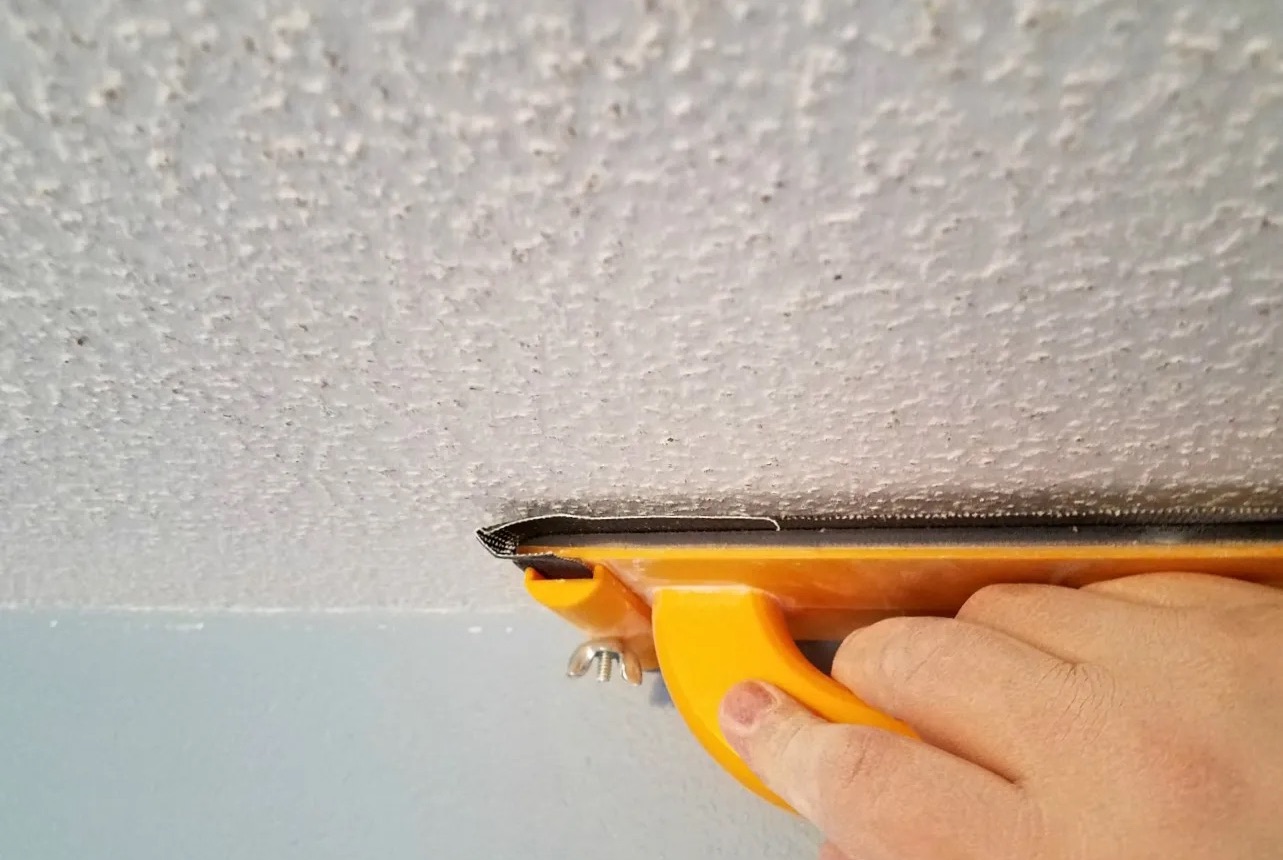
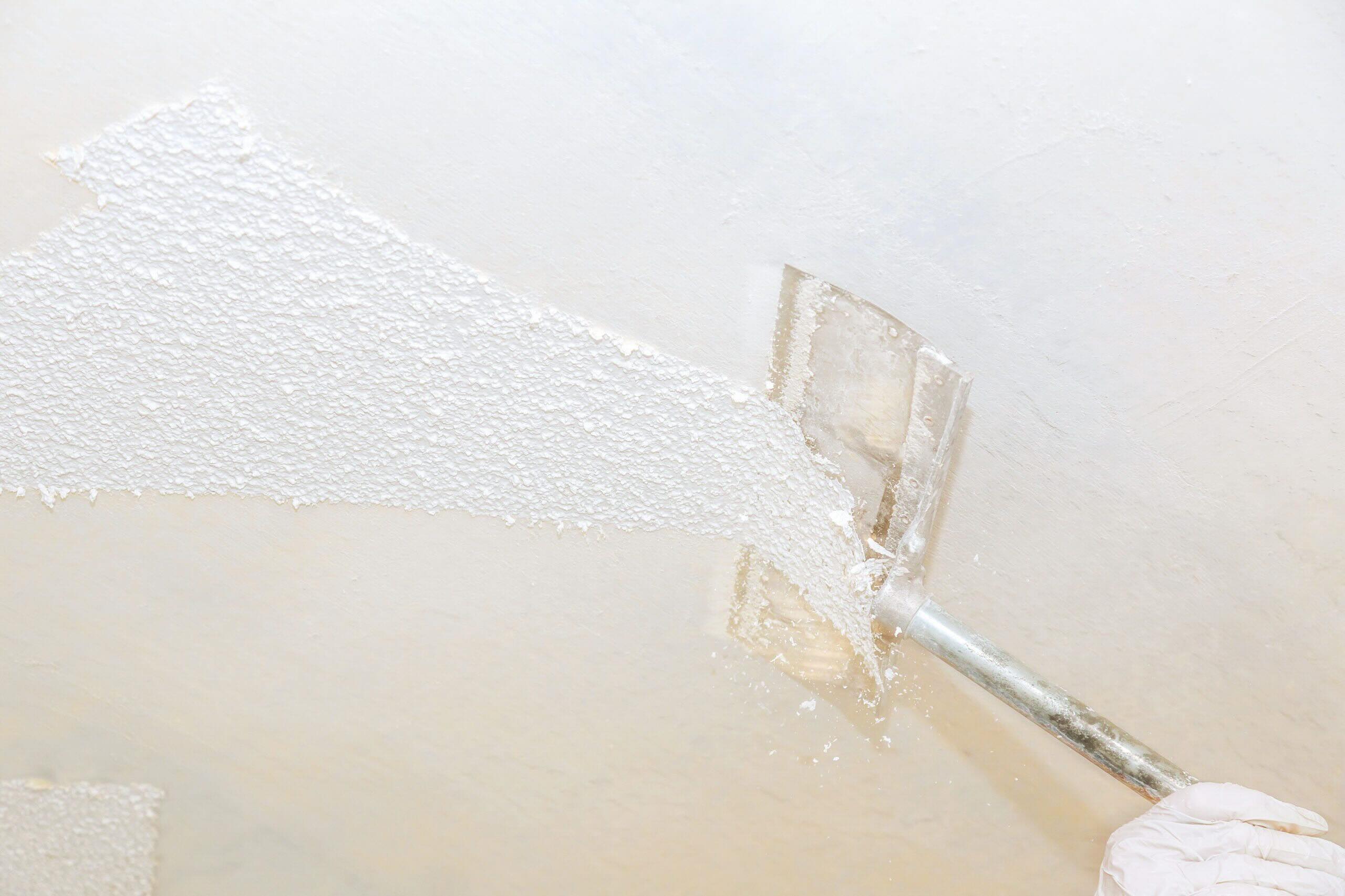

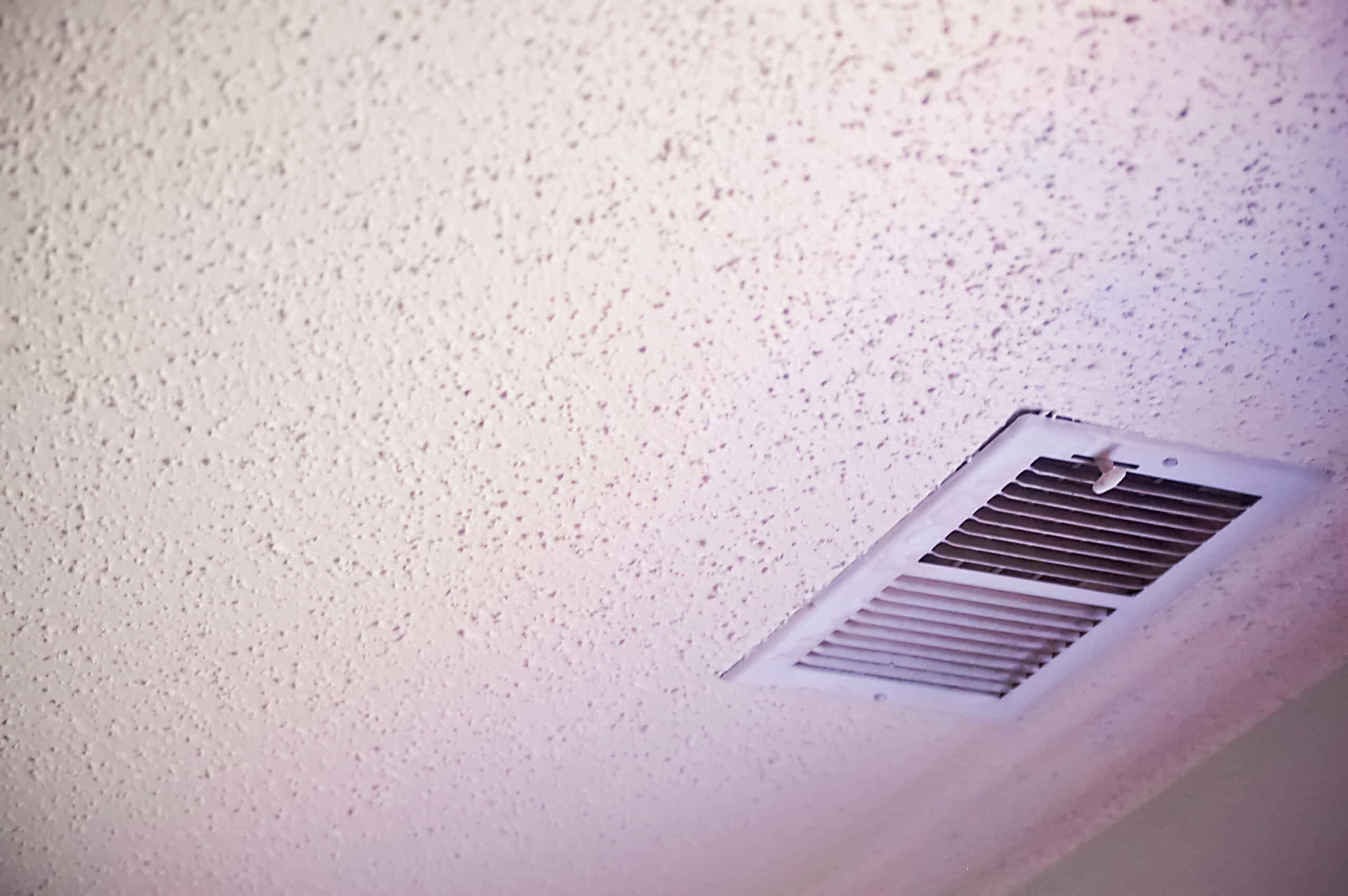
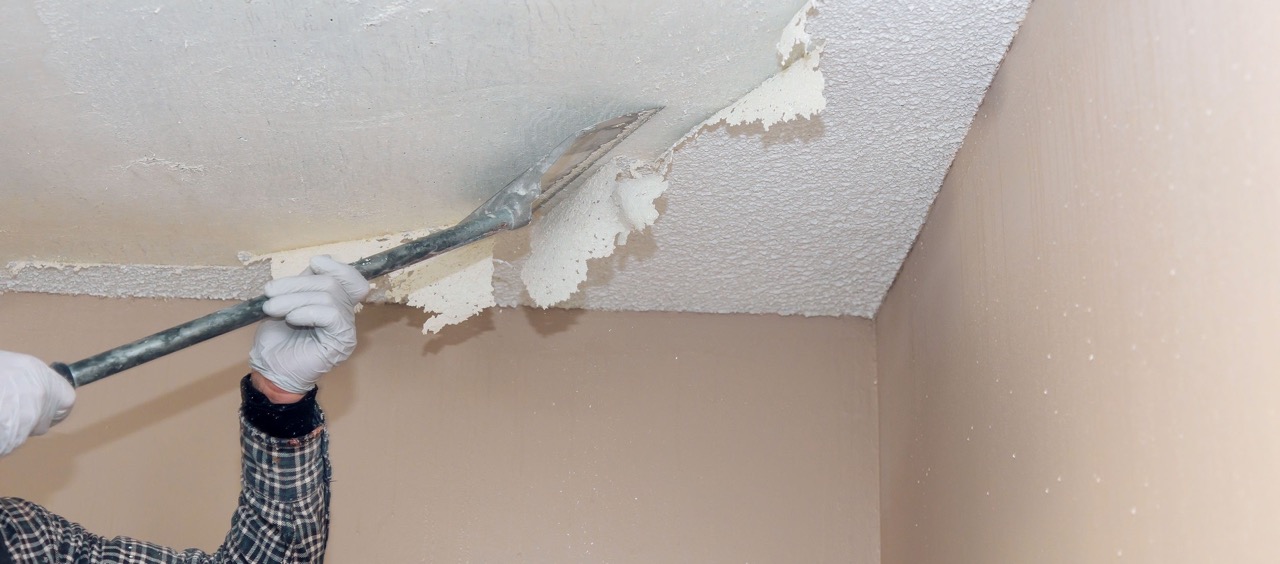
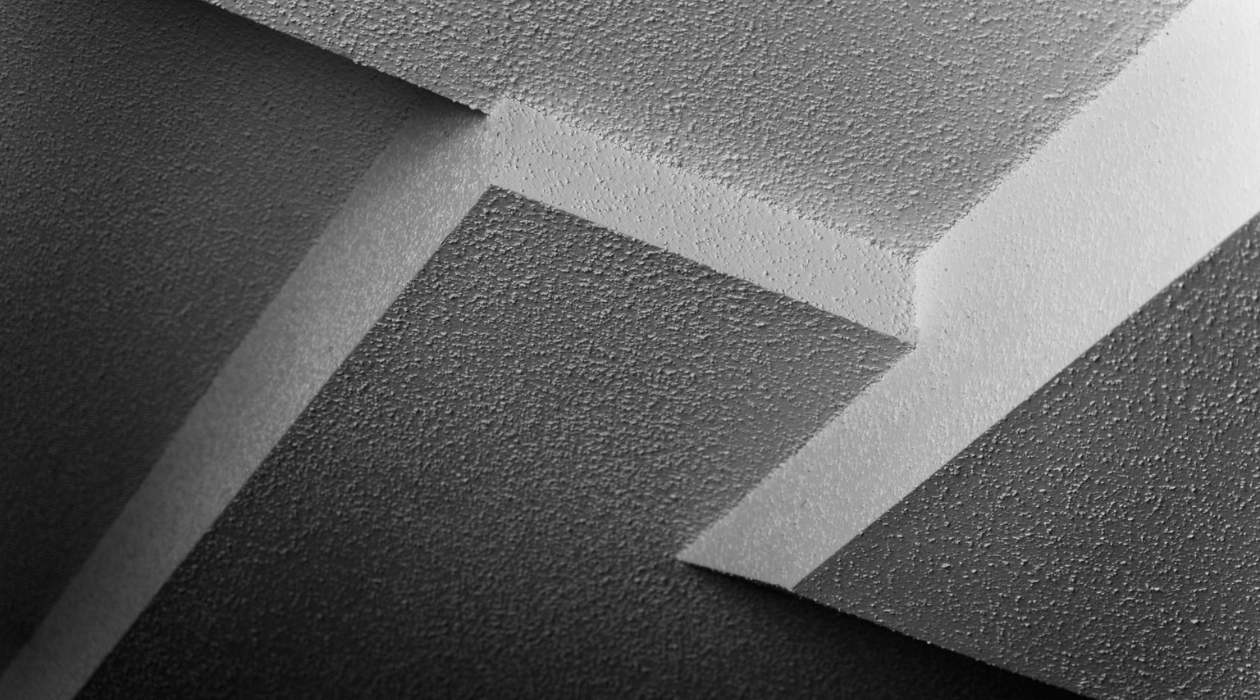
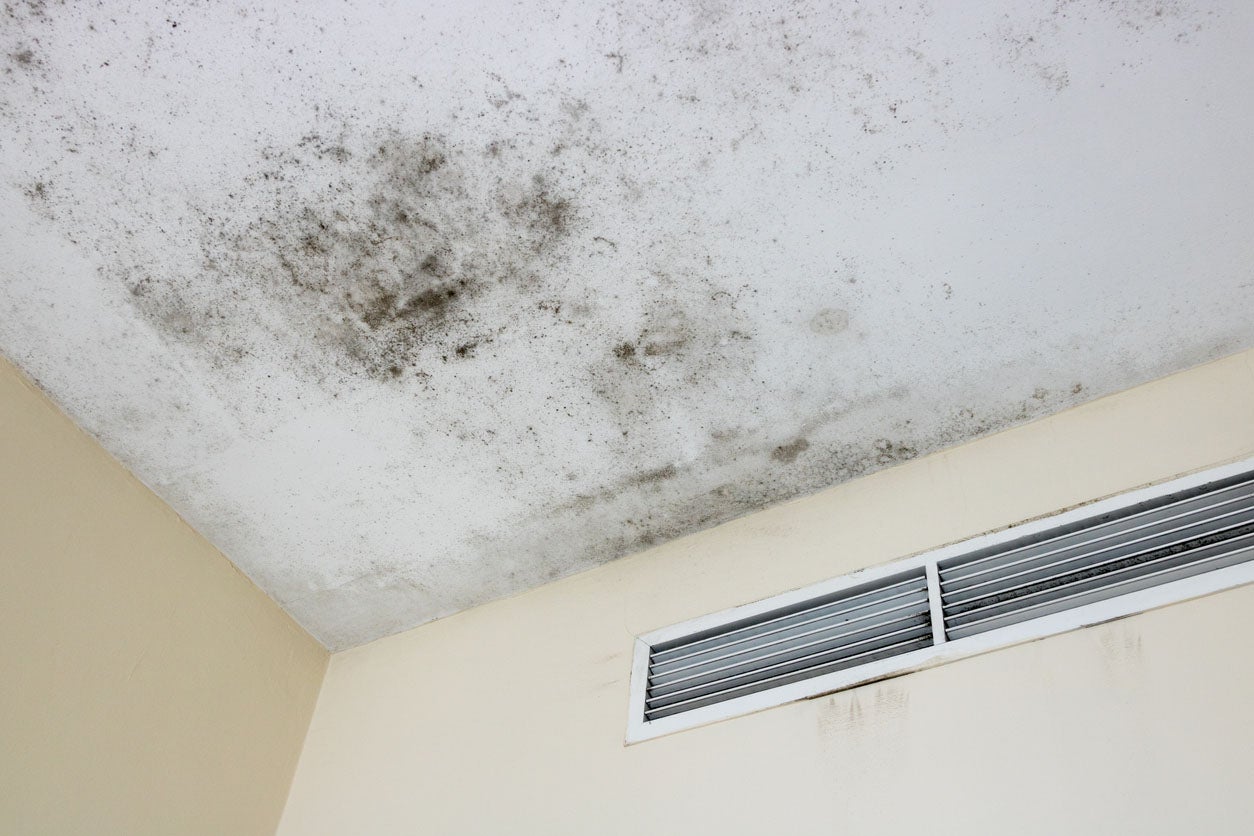
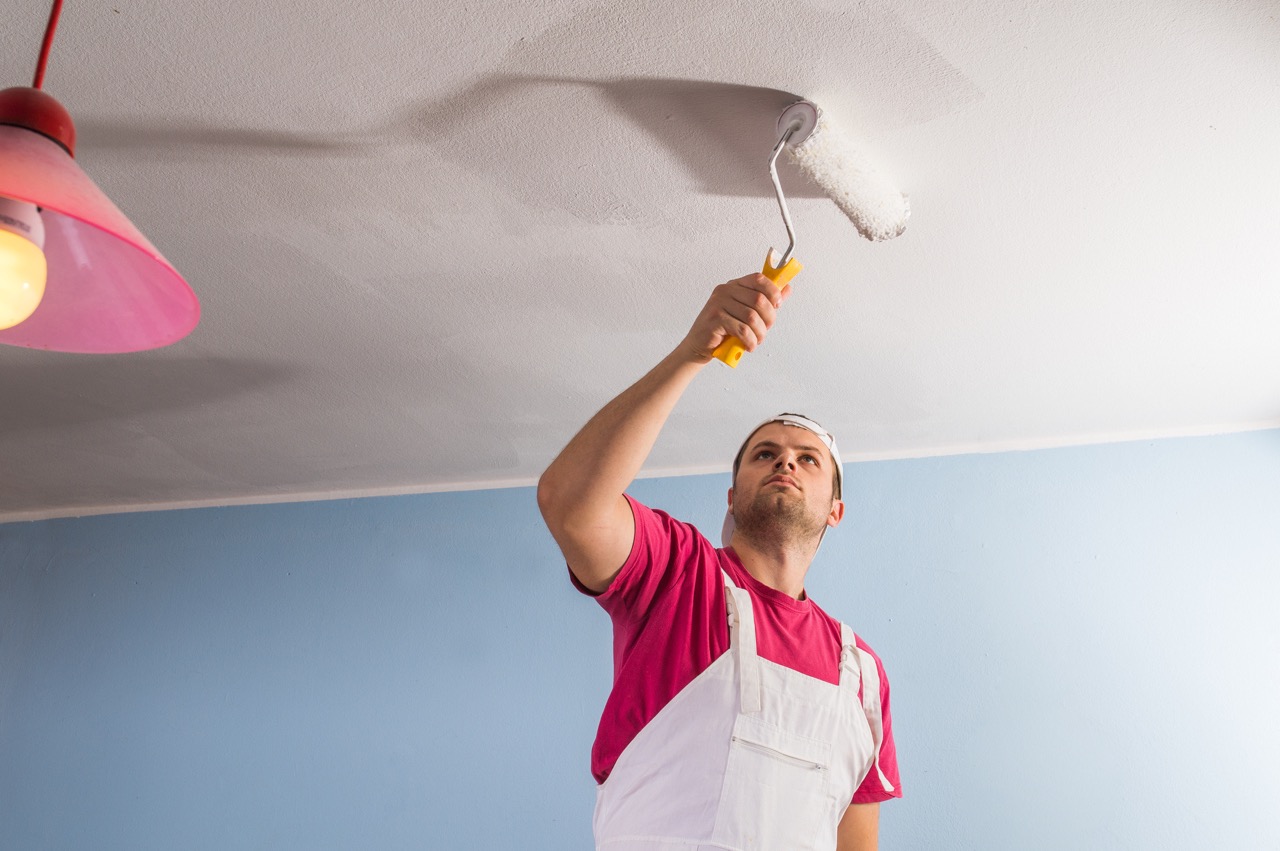
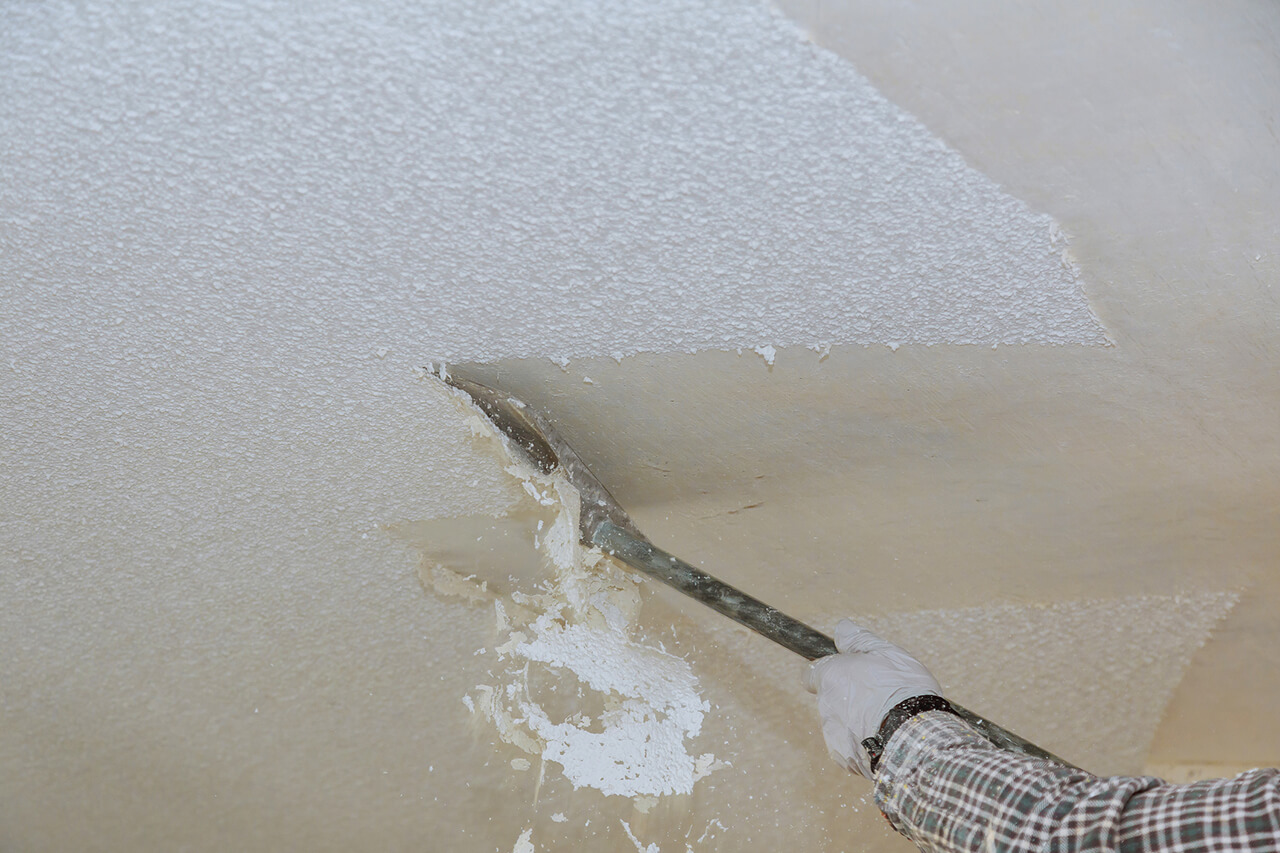
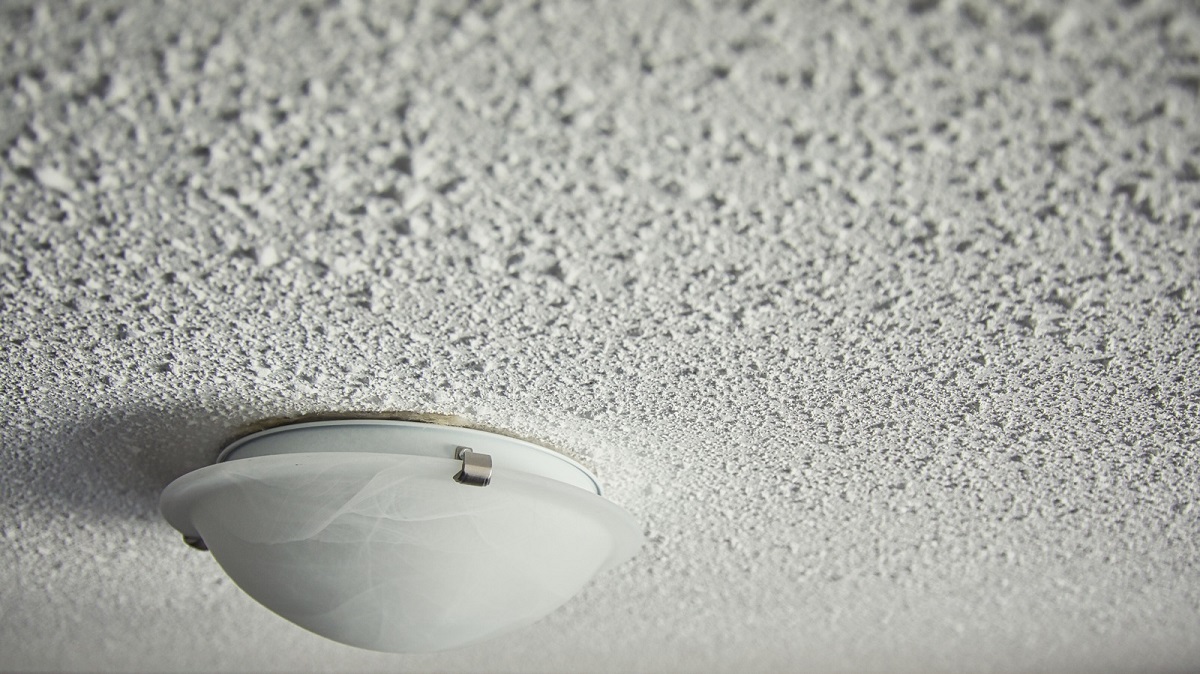
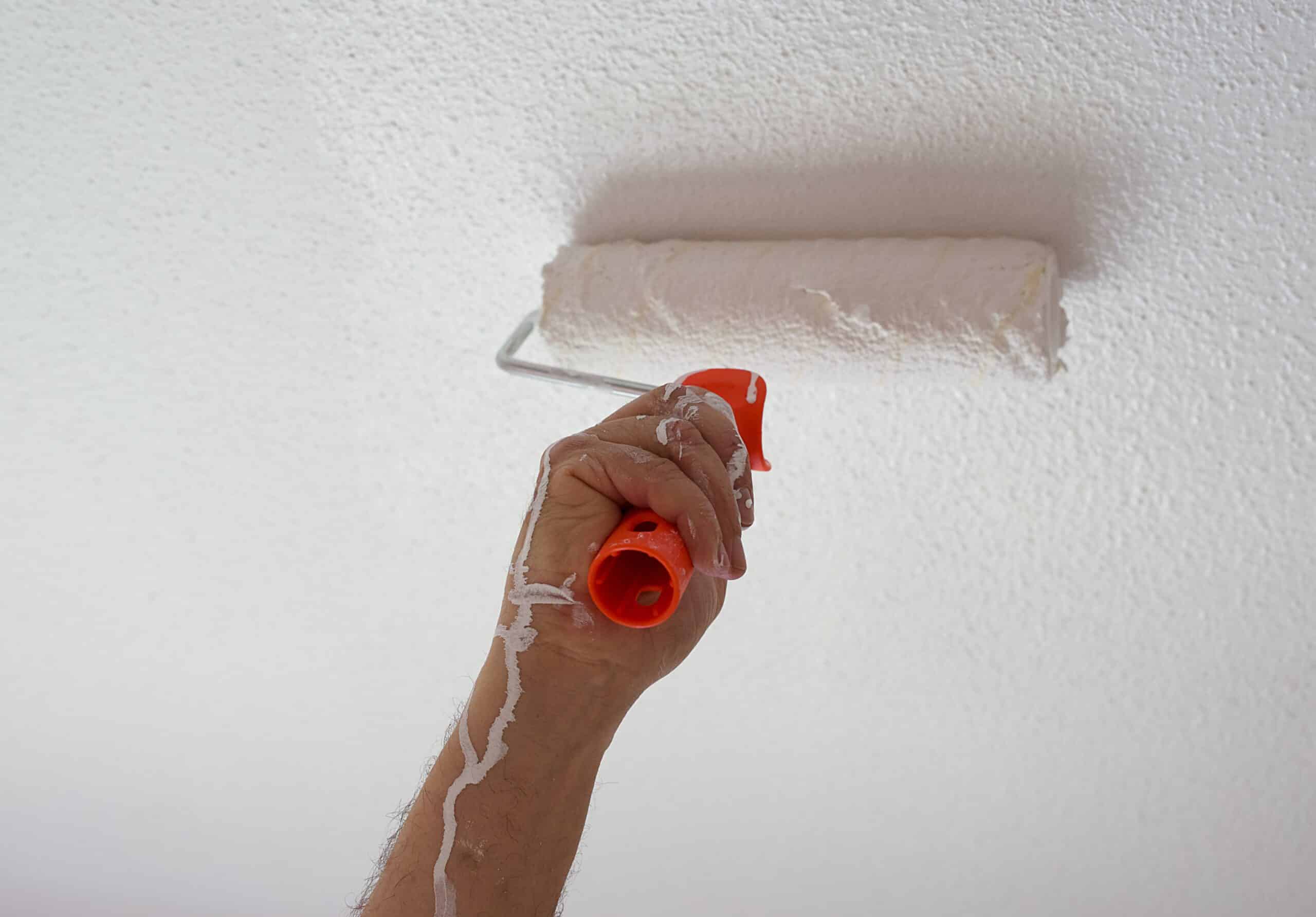
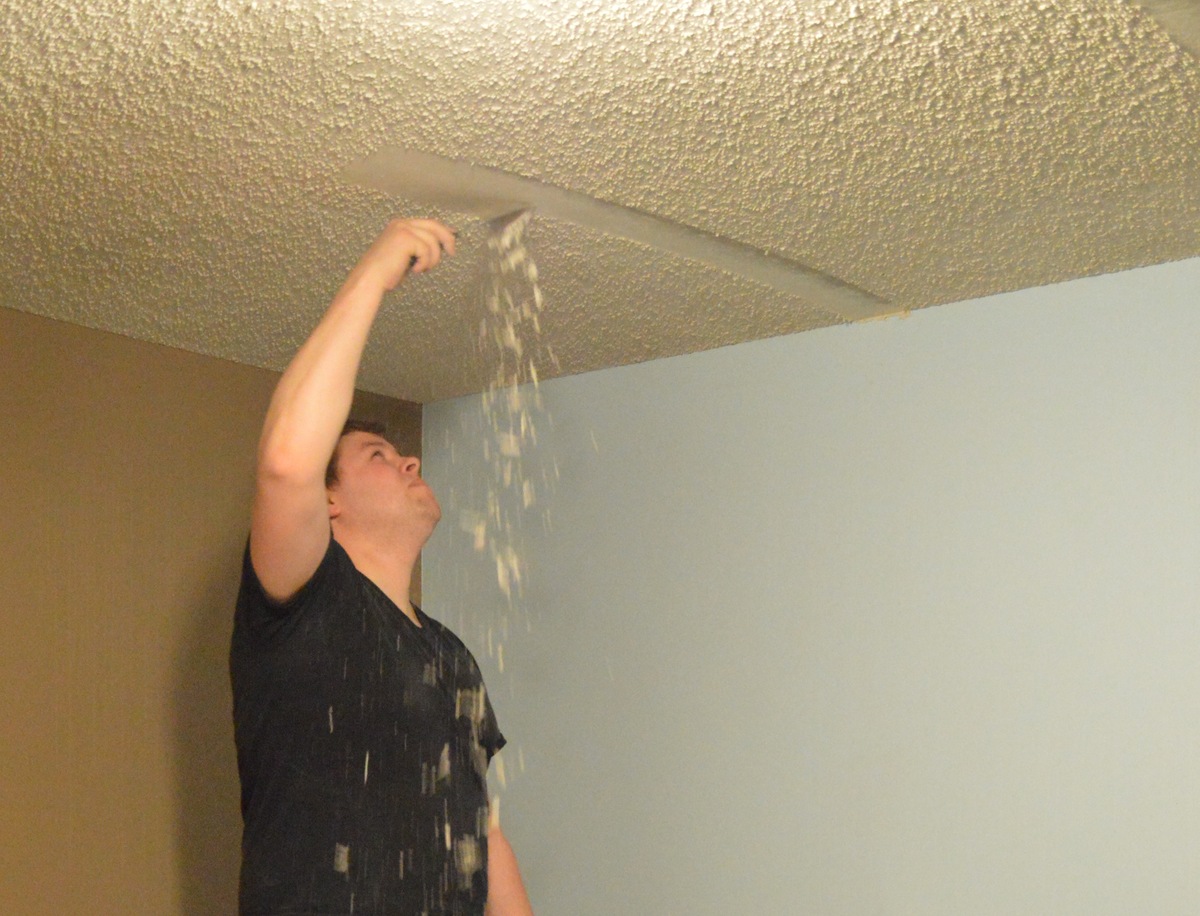



0 thoughts on “How To Do Popcorn Ceiling”